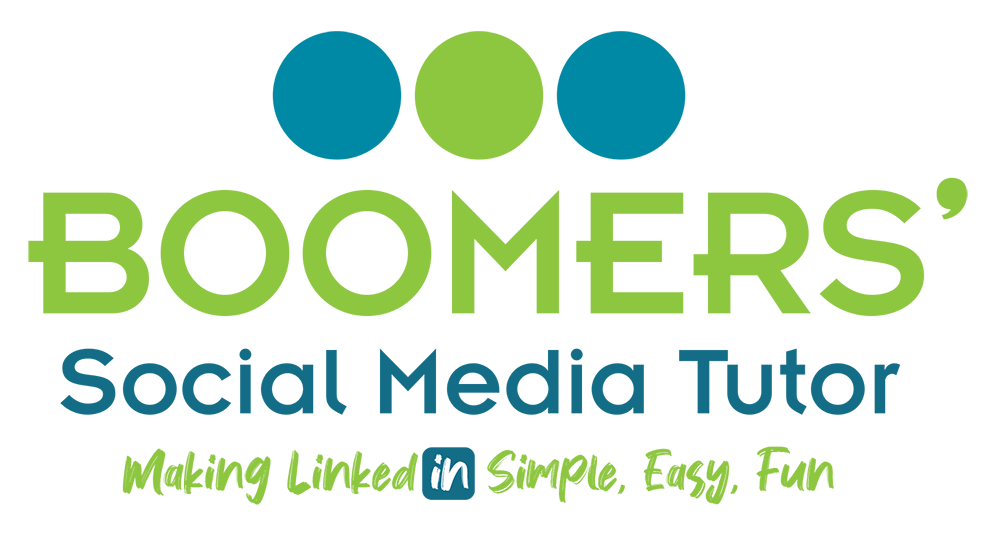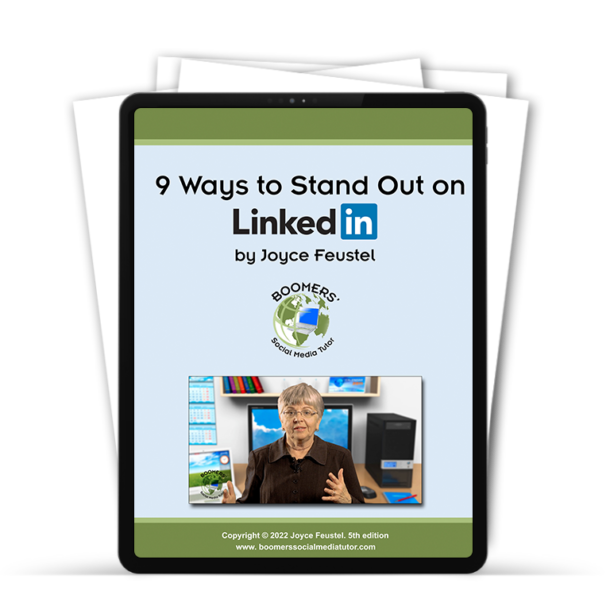It’s important to emphasize your strengths in your LinkedIn profile. Sometimes you might resist doing this for fear of sounding like you’re bragging.
Take the StrengthsFinder assessment. Doing that will help you select which strengths to share and how to describe them
Background on the Strengths-Finder Assessment
Psychologist Donald Clifton created this tool based on information from his research on people in leadership roles. Partnering with colleagues from Gallup over several decades, he conducted interviews with over 20,000 leaders.
Drawing from those interviews and other research, he created a list of 34 strengths. Clifton and his co-author Marcus Buckingham describe each strength in their book Now Discover Your Strengths. They give examples of how each strength can be used positively or misused. They also stress the importance of focusing on strengths rather than dwell on weaknesses.
When someone buys the book, they receive a code which gives them access to the assessment. After taking this online assessment, the website sends them their top five strengths. Also included are PDFs and videos about each of these five strengths. I highly recommend purchasing it or other books that provide you such an access code. Other books I like Tom Rath’s StrengthsFinder 2.0 and Strengths Based Leadership.
You can pay an additional $69 to get a list of all 34 strengths. You get to see the order in which you possess these strengths. While I believe strongly in focusing on my strengths, it is also enlightening to learn about areas where I am not as strong.
Where to Include Your Strengths in Your LinkedIn Profile
- Summary: Highlight your strengths as you describe what you offer potential employers or potential clients. Including your strengths in your profile will help people get to know, like, and even trust you.
- Position Description: As you list your accomplishments and responsibilities, consider weaving in your strengths. Doing so adds a more human dimension as you stress the way your strengths underlay your contributions in each role.
- Volunteer Description: Many of us hold or have held high-level leadership roles in our professional, business, and community organizations. Use the description section of the volunteer position to share those of your strengths you utilized as you gave of yourself.
- Skills: Not all 34 strengths are found when you type “Add a Skill,” but some are. For example, two of my top five skills are Maximizer and Communication, both of which are found in LinkedIn’s “dictionary of skills.”
- Recommendations: When you ask people to write you a recommendation, ask them to include specific strengths. This approach can be particularly effective because someone else is attributing that strength to you. It also makes people more enthusiastic about writing recommendations when they have some direction in terms of what you’d like them to include.
- Accomplishments: Include your strengths in the descriptions of your honors and awards, the organizations you belong to, the projects you have completed, and the articles, book chapters or books you have had published.
How About You?
Are you familiar with the StrengthsFinder tool? If so, how have you woven your top strengths into your summary and other parts of your LinkedIn profile?
About Joyce
Joyce Feustel helps people, especially those age 45 and up, to become more comfortable using social media, especially Facebook, LinkedIn, Pinterest, and Twitter.
She works with business owners, business development professionals, leaders of nonprofit organizations, job seekers, retired people, consultants, and many others. Find her at www.boomerssocialmediatutor.com.





Leave A Comment